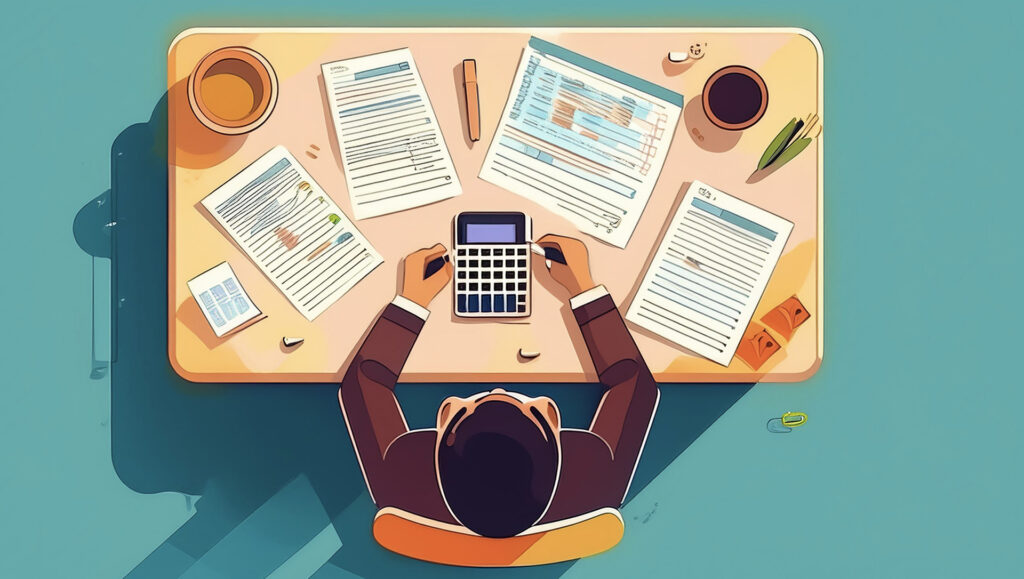Creating and sticking to a budget is essential for achieving financial stability and reaching your financial goals. Here is a step-by-step guide to help you create an effective budget, track your expenses, and adjust your spending habits.
Step 1: Determine Your Income
Start by calculating your total monthly income. This includes your salary, bonuses, freelance work, and any other sources of income. Knowing your exact income will help you understand how much money you have available to allocate to various expenses.
Step 2: List Your Expenses
Next, list all your monthly expenses. Categorize them into fixed and variable expenses. Fixed expenses are those that remain constant each month, such as rent, mortgage, utilities, and insurance. Variable expenses include groceries, entertainment, dining out, and transportation. Don’t forget to include irregular expenses like annual subscriptions or car maintenance.
Step 3: Set Financial Goals
Identify your short-term and long-term financial goals. Short-term goals might include paying off credit card debt or saving for a vacation, while long-term goals could be building an emergency fund or saving for retirement. Setting clear goals will help you prioritize your spending and stay motivated.
Step 4: Allocate Your Income
Divide your income among your various expense categories. A popular method is the 50/30/20 rule:
- 50% for Needs: Allocate half of your income to essential expenses like housing, utilities, groceries, and transportation.
- 30% for Wants: Dedicate 30% to non-essential expenses such as dining out, entertainment, and hobbies.
- 20% for Savings and Debt Repayment: Use 20% of your income to save for future goals and pay off debt.
Step 5: Track Your Spending
Consistently track your expenses to ensure you stay within your budget. Use budgeting apps, spreadsheets, or a simple notebook to record every purchase. This will help you identify areas where you might be overspending and make necessary adjustments.
Step 6: Adjust Your Spending Habits
Review your spending habits regularly and adjust as needed. If you find you’re overspending in certain categories, look for ways to cut back. For example, if dining out is consuming a large portion of your budget, try cooking more meals at home. Redirect the saved money towards your financial goals.
Step 7: Review and Revise Your Budget
Your financial situation and goals may change over time, so it’s important to review and revise your budget regularly. Assess your progress towards your goals, and make adjustments to your budget as necessary. This flexibility will help you stay on track and adapt to any changes in your financial situation.
Conclusion
Creating and sticking to a budget is a fundamental step towards achieving financial stability and reaching your financial goals. By determining your income, listing your expenses, setting clear goals, allocating your income, tracking your spending, adjusting your spending habits, and regularly reviewing your budget, you can take control of your finances and build a secure financial future.
